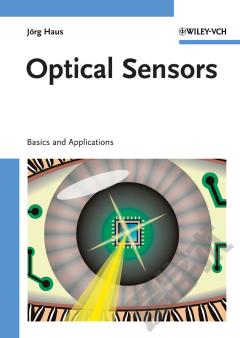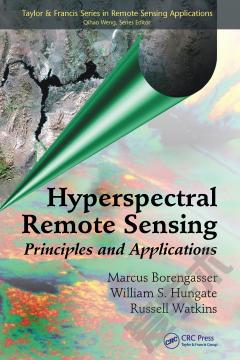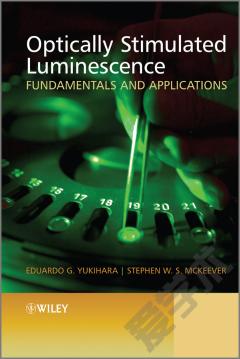Optical Sensors —— Basics and Applications
1 Introduction Part I: The Optical Sensor Construction Kit 1. Light Sources 1.1 Important Properties of Light Sources 1.2 Thermal Light Sources 1.3 Line Sources 1.4 Light Emitting Diodes (LEDs) 1.5 Lasers 2. Photodetectors 2.1 Photomultipliers 2.2 Photodiodes 2.3 Other Detector Types 2.4 Imaging Detectors 2.5 Detector Noise 3. Optical Elements 3.1 Optical Materials 3.2 Mirrors and Lenses 3.3 Dispersive Elements: Prisms and Gratings 3.4 Filters 3.5 Polarizers 3.6 Optical Fibres 3.7 Modulators Part II: Optical Sensors and their Applications 1. Eyes: The Examples of Nature 1.1 The Compound Eyes of Insects 1.2 The Human Eye 2. Optical Sensor Concepts 2.1 Switches 2.1.1 Light Barriers 2.1.2 Rain Sensor 2.2 Spatial Dimensions 2.2.1 Distance 2.2.2 Displacement 2.2.3 Volocity 2.2.4 Angular Velocity 2.3 Strain 2.4 Temperature 2.5 Species Determination and Concentration 2.5.1 Spectrometry 2.5.2 Polarimetry 2.5.3 Refractometry 2.5.4 Particle Density and Number 2.6 Surface Profile 2.6.1 Chromatic-confocal Sensors 2.6.2 Conoscopic Holography 2.6.3 White-light Interferometry 2.6.4 Near-field Optical Microscopy 2.6.5 Contouring: Structured-light Techniques 2.7 Deformation and Vibration Analysis 2.7.1 Laser Vibrometers 2.7.2 Speckle-pattern Interferometry 2.7.3 Holographic Interferometry 2.8 Wavefront Sensing and Adaptive Optics 2.9 Determination of the Sun Angle 2.10 Determination of Age References Glossary
{{comment.content}}








 京公网安备 11010802027623号
京公网安备 11010802027623号